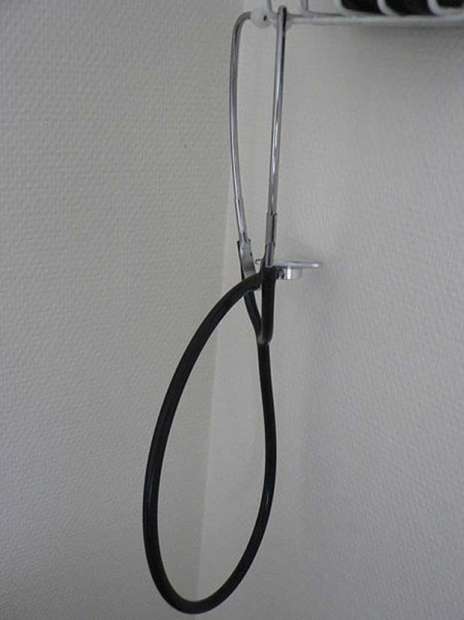
Despite growing med school admissions, Canadians still demand family doctors. Courtesy of Wikimedia Commons
By Therese Jastrzebski
Despite growing admissions to medical schools across Canada, Canadians are still left questioning why there is a shortage of family doctors.
“I think we have to recognize in Canada that as much as medical admissions are growing, we still have not reached a level at which we’re maintaining our physician to population ratio ten years out,” said Nadeem Esmail, director of health policy studies at the Fraser Institute.
“We are just not training enough Canadians,” Esmail told Humber News. “It’s not accounting for the demographic shift which suggests that we are going to need more doctors in the future to deliver the same volume of services.”
The trend of there not being enough family doctors to serve Canadians began in the early 1990s, when doctor training was cut because of the concern of a doctor surplus in the future, said Esmail.
“Now they are trying to manage differently or adjust differently, to treat the numbers,” he said. “International reviews have shown that countries that try to manage physician supply have fewer physicians then countries that have generally let the market determine how many physicians ought to be trained in the country.”
“I think that what happens is not necessarily that there’s a doctor shortage, it’s that there’s a specific type of doctor shortage,” said Jesse Kancir, president of the Canadian Federation of Medical Students.
What often happens is students who would have happily specialized in family medicine, instead choose a different path, leaving patients who need a family doctor still searching, said Kancir.
The Canadian Federation of Medical Students, The Canadian Association of Interns and Residents and various student groups worked with The Association of Faculties of Medicine of Canada, to begin fixing the issue of lacking doctors in specific fields.
“So they have decided to tackle it, and what essentially needs to happen is you need to get a better understanding of what kind of doctors we actually need in Canada and then act on that,” said Kancir.
Once there is a better understanding of what kind of doctors are needed in Canada, it’s up to schools to educate their students on what jobs are available before students begin applying for residencies, as well as cutting programs for specialties that are not currently needed in Canada, said Kancir.

